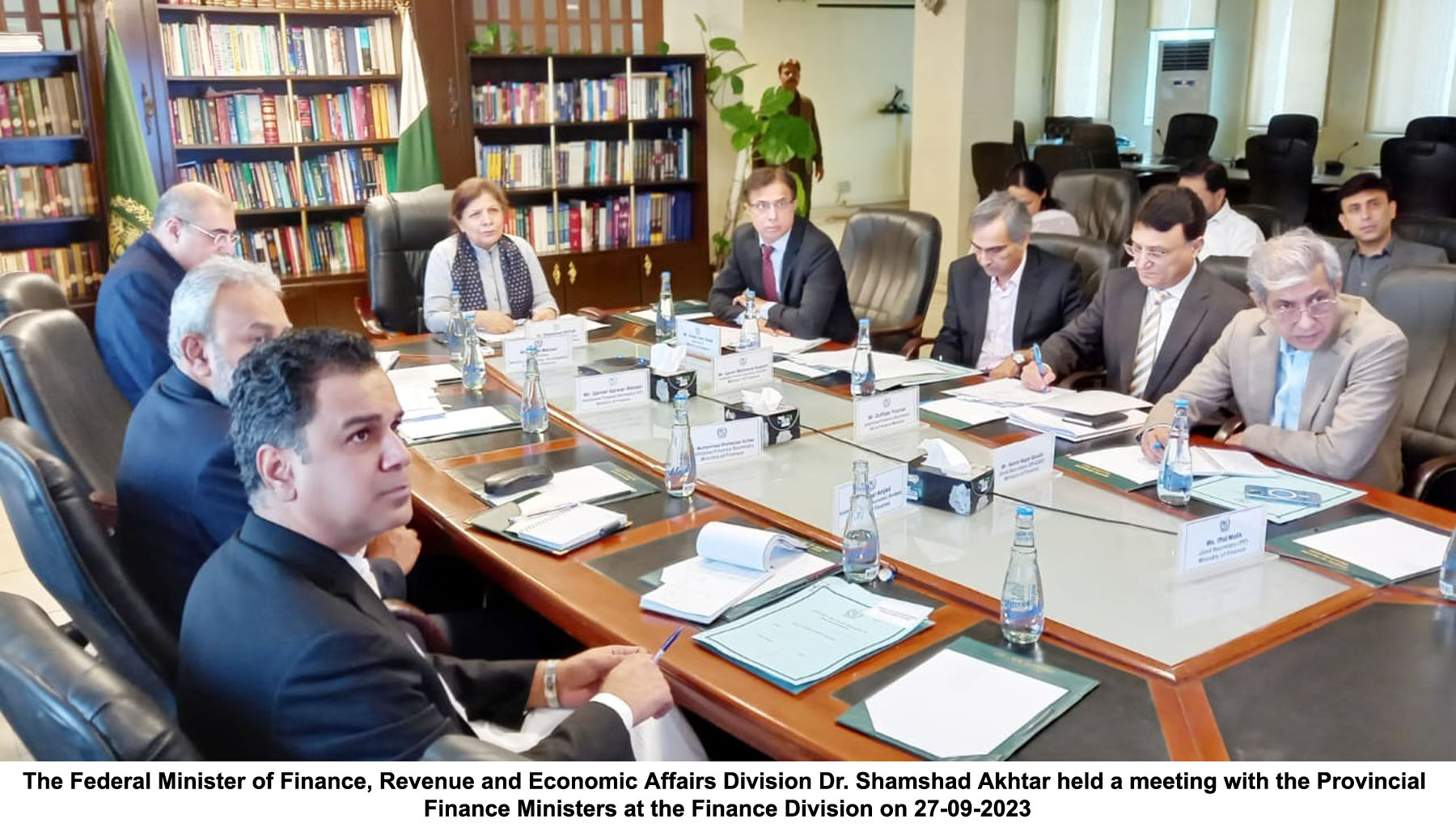Karachi January 15, 2019: Pakistan Exploration & Production (E&Ps) companies along with international partners have ventured into offshore territory of underexplored but promising Indus G-Block for a deep-sea drilling endeavor. The operator of the block, ENI (an Italian company working in Pakistan’s upstream sector since 2000) has chartered Saipem 12000 rig/ship to drill the exploration well, located 230 kilometers southwest of Karachi in the water depth of more than 1,300 meters.
The endeavor is a Joint Venture (JV) formed by ENI, ExxonMobil (American company that has come back to Pakistan after nearly 3 decades), Oil and Gas Development Company (OGDC), and Pakistan Petroleum (PPL) to spud the Kekra-1 exploration well in Indus G block (rigs reached Karachi’s coastal lines and drilling may have already begun). The exploration cost is estimated at US$70-80mn, to be contributed equally by the JV partners.
All eyes are fixated on the said exploration endeavor with companies and Govt. officials calling it a possible ‘Game Changer’ for Pakistan (the Country which meets up to 49% of its oil & gas need, in barrels of oil equivalent, through local production). Some calling the anticipated discovery to be even bigger than the Sui field (currently second biggest gas field after Mari with current production at around 400mcfd or ~10% of total gas production) as the block is estimated to be rich in gas reserves, as per channel checks.
By or before April 2019, the companies will be in a position to assess the potential hydrocarbon flows from this offshore drilling along with their economic viability. Setting up the necessary infrastructure to make hydrocarbon flows commercially available can take 3-5 years as per channel checks.
Offshore success can be a real game changer for Pakistan E&Ps as offshore Indus Block G falls under ‘Ultradeep’ Zone-0 price mechanism. We estimate that at Arab Light Crude US$60/bbl, the gas from Indus-G will be priced at US$7.2/mmbtu with additional US$1/mmbtu as an incentive for first three discoveries in offshore area, as per Petroleum Policy 2012 (PP12). The said zone is competitively priced, offering premium of 80%, in comparison to the average applicable pricing on onshore blocks under older policies.
Further, the PP12 exempts E&P companies from paying any royalty for the first 4 years after commencement of commercial production from offshore field, which otherwise, would have been 12.5% of the value of petroleum produced.
With incentives (premium pricing & royalty exemption) that are being offered on offshore blocks (ultradeep) endeavors, E&Ps can fetch 50-60% of net margin vs. 35-40% on existing blocks, we estimate.
However, if history is to tell us anything, there could be another dry hole in waiting as Pakistan has drilled 17 offshore wells to date and most failed to reach the target reservoirs. The last offshore well Shark-1, a JV of PPL and ENI was spud in 2010 at exploration cost of US$40-45mn and was found to be commercially unfeasible after three months of drilling.
If drilling in Indus-G turns out to be unsuccessful, it could be another blow to Pakistan and its exploration companies that are in dire need of some major discoveries given fast depleting hydrocarbon reserves.
In case of non-feasibility, we estimate per share impact of dry well cost on OGDC and PPL at Rs0.6 and 1.1, respectively, to be booked in 2HFY19, as per the accounting treatment. (Author Topline Research)









